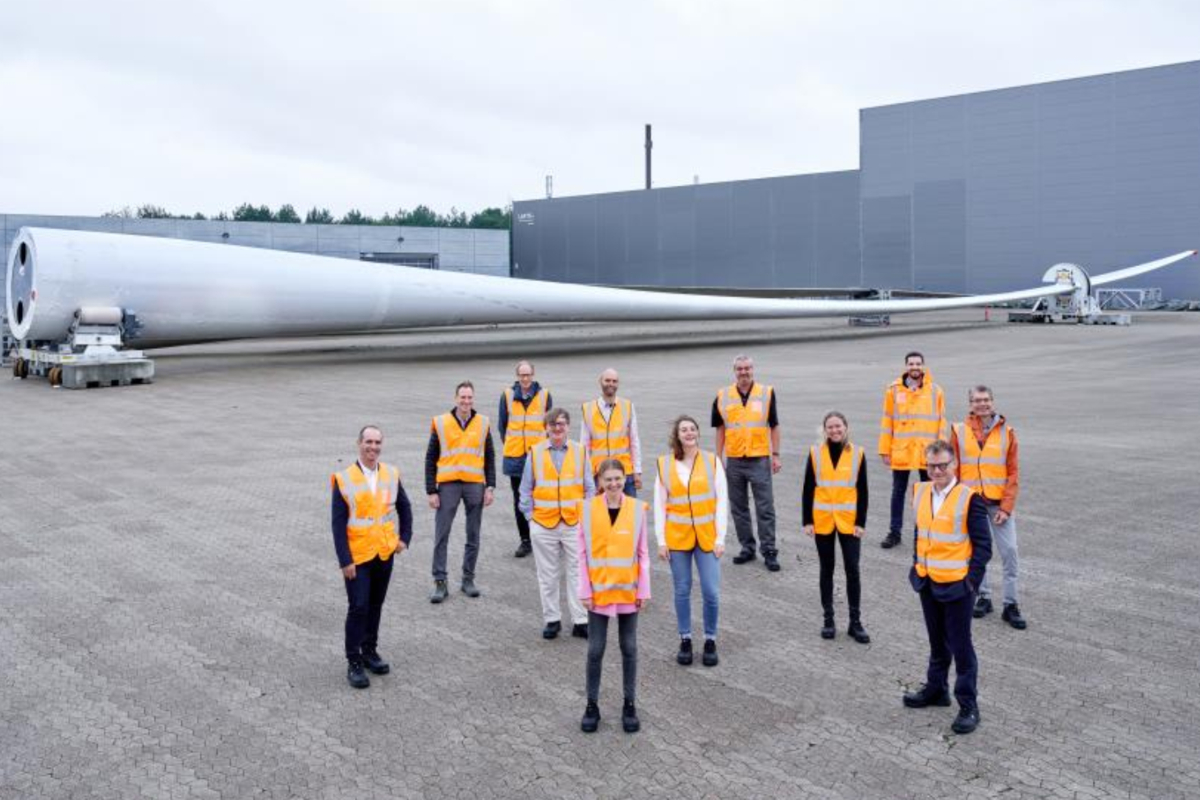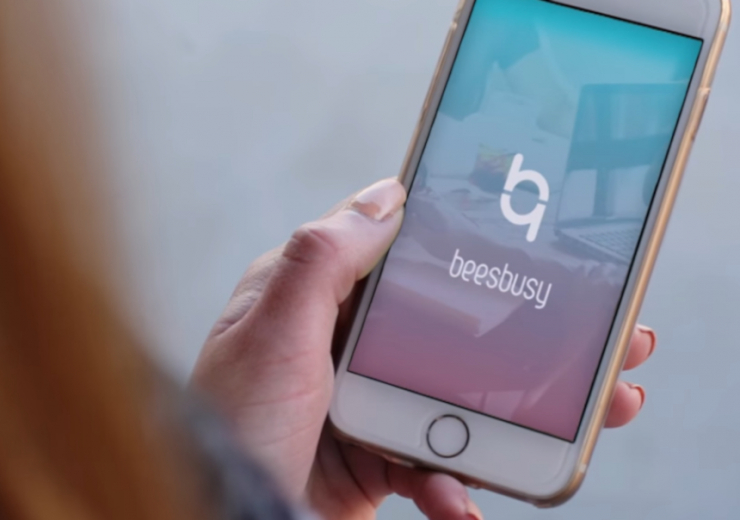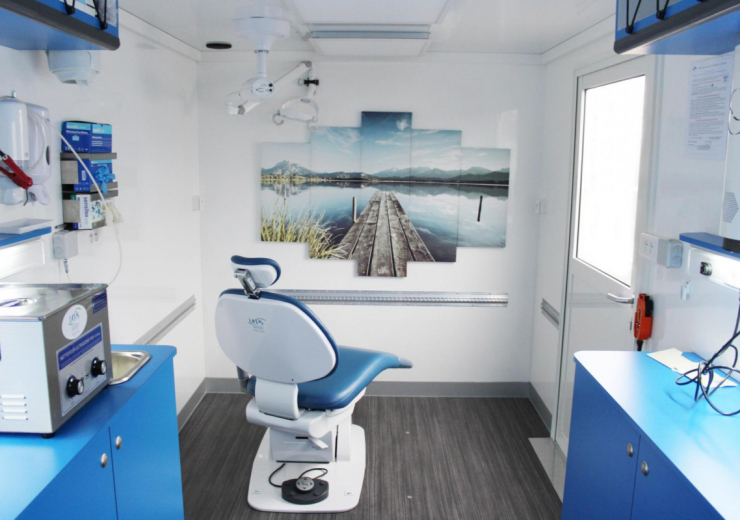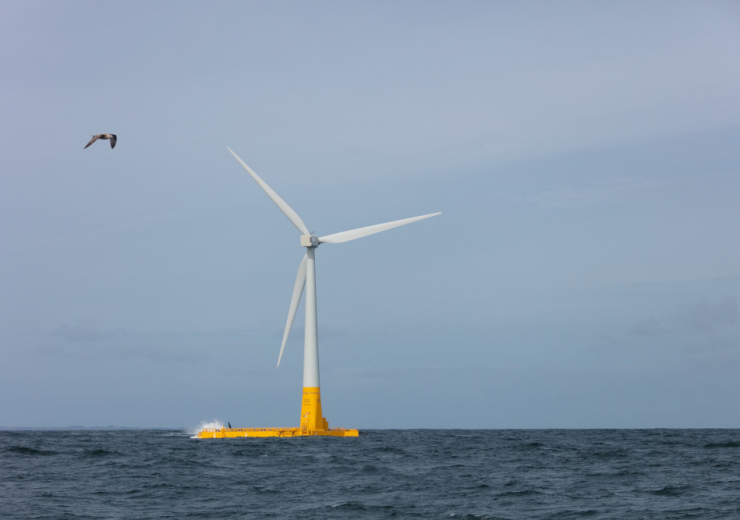The Zebra consortium, spearheaded by IRT Jules Verne, is working on an innovative wind turbine blade made with thermoplastic, a composite material that is fully recyclable. A second model was recently unveiled.

Zebra stands for Zero wastE Blade ReseArch. The project was launched in 2020 for a period of 42 months with a budget of €18.5 million and the objective to design wind turbine blades that would be 100% recyclable.
The stakes are high because the current blades are huge, especially when they are used for offshore wind turbines, but they only have a lifespan of 30 years and a recyclability rate of 85% to 90%.
The Zebra consortium, driven by IRT Jules Verne, developed the first prototype of the new design which was presented in March 2022 and for which it completed large-scale validation tests. The consortium then presented a new product at the end of 2023.
Carbon-Elium resin and Bostik’s adhesive
The 77-metre-long blade unveiled by Zebra integrates Elium thermoplastic liquid resin from Arkema as well as Owens Corning’s high-performance glass fabrics. Notably, it pioneers the use of recycled Elium resin for a crucial structural element:the stiffener. This is a world-first, showcasing the consortium’s commitment to developing sustainable composite materials.
The blade incorporates Carbon-Elium resin technology for the spar cap, which enhances its structural integrity. It also uses a new adhesive designed by Bostik, a subsidiary of Arkema, which further solidifies the blades.
The ZEBRA project is progressing according to schedule and will soon deliver its final results. The successful completion of the test campaign on the first blade and the development of this second blade represent a major achievement both for the consortium and for the wind energy industry as a whole.
Guillaume Sana, project leader at IRT Jules Verne
Key life cycle analysis
Looking ahead to 2024, the Zebra consortium aims to deliver a comprehensive analysis of the key life cycle based on the blades produced. This meticulous evaluation seeks to set a benchmark for understanding the environmental impact and sustainability of recyclable wind turbine blades.
Fibre4Yards: composite manufacturing in shipbuilding
IRT Jules Verne has recently announced the completion of another project dedicated to composites, Fibre4Yards. This collaborative endeavour spanned 3 years and involved 13 partners from 6 European countries, including the defence specialist Naval Group. The project focused on the use of fibre-reinforced polymers (FRP) in shipbuilding by adopting composite manufacturing processes.


 日本語
日本語  Français
Français 


